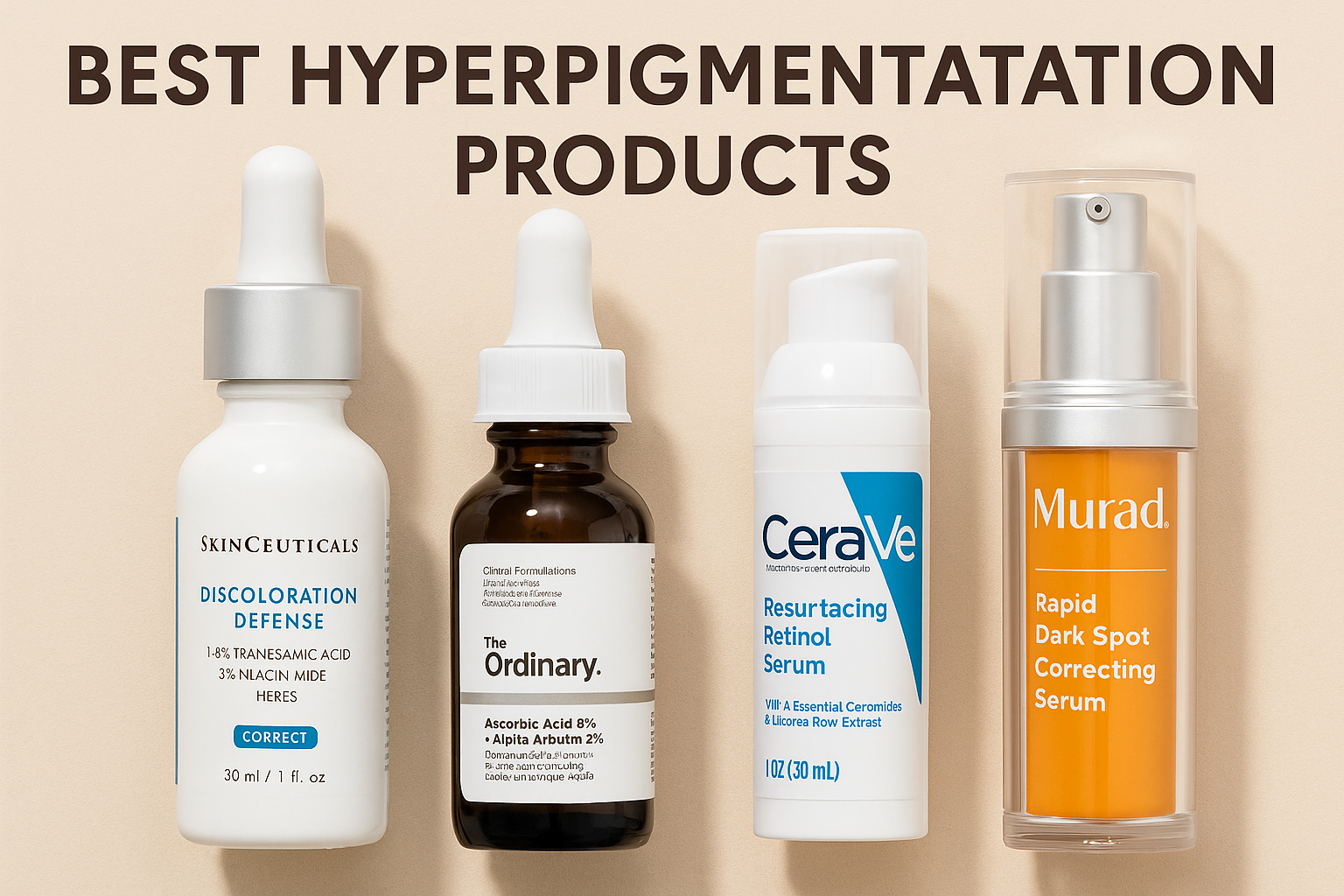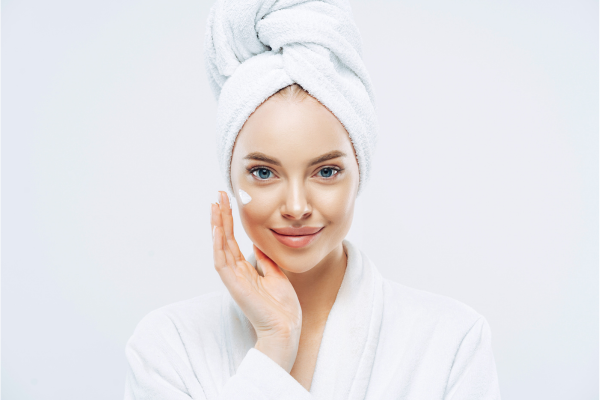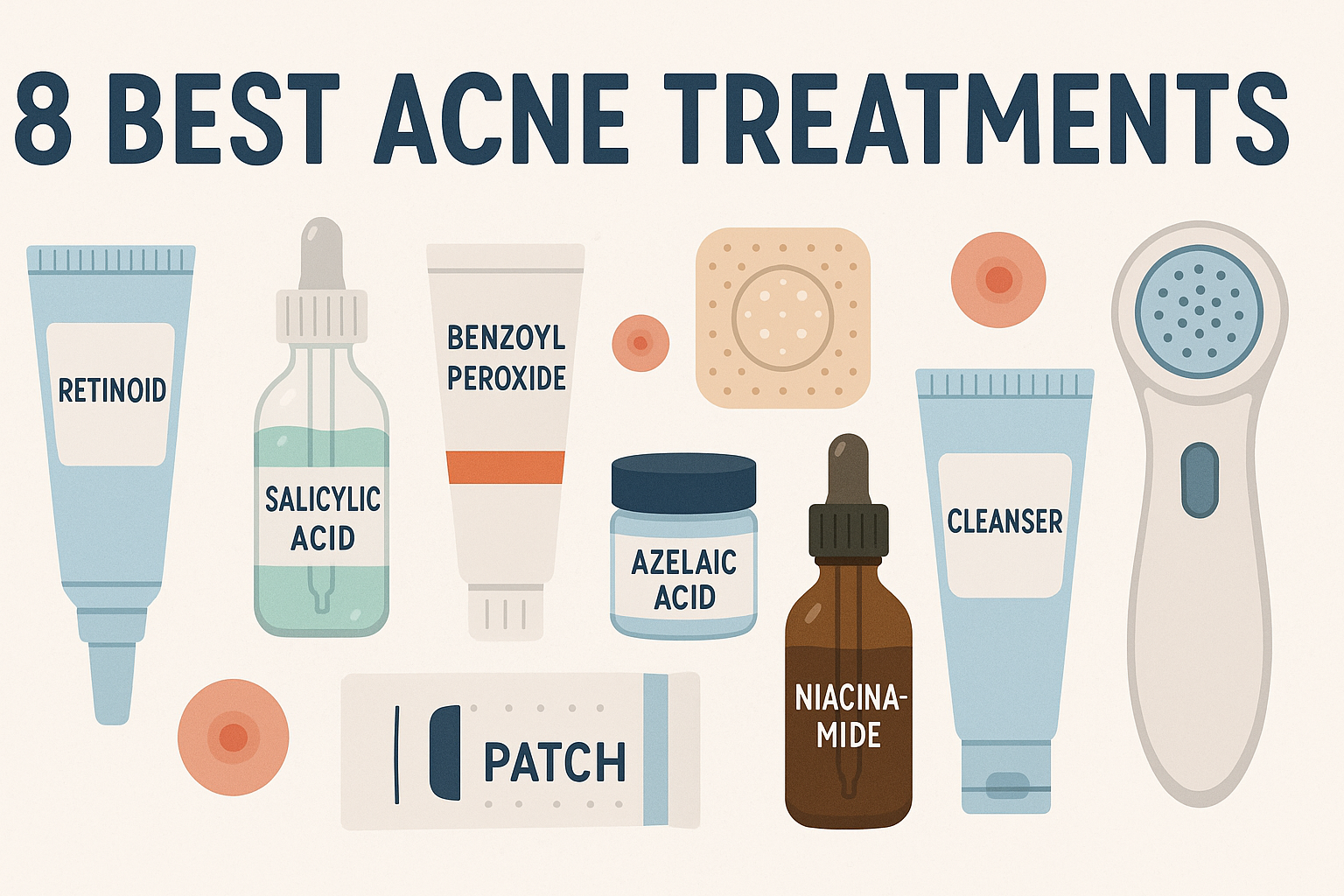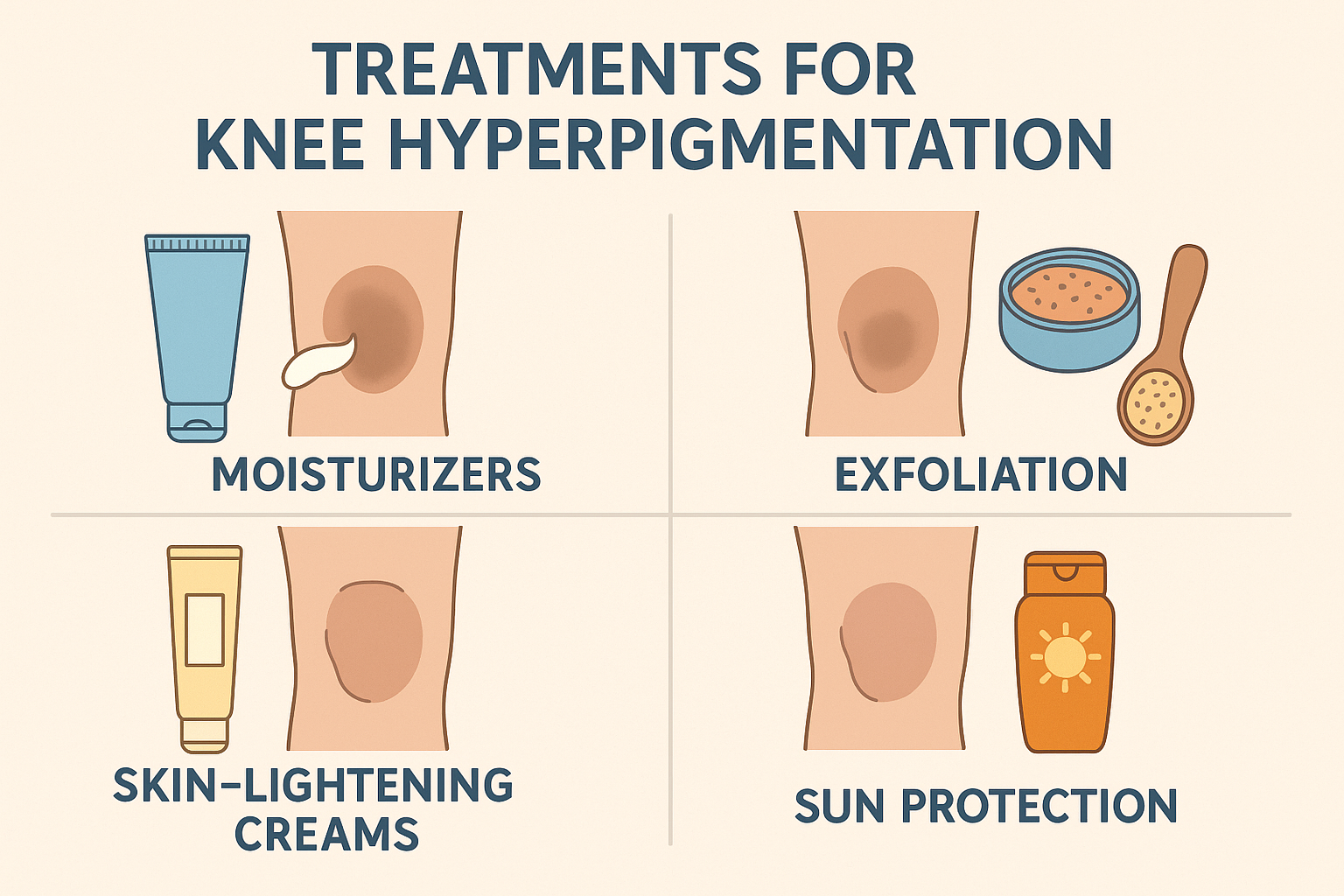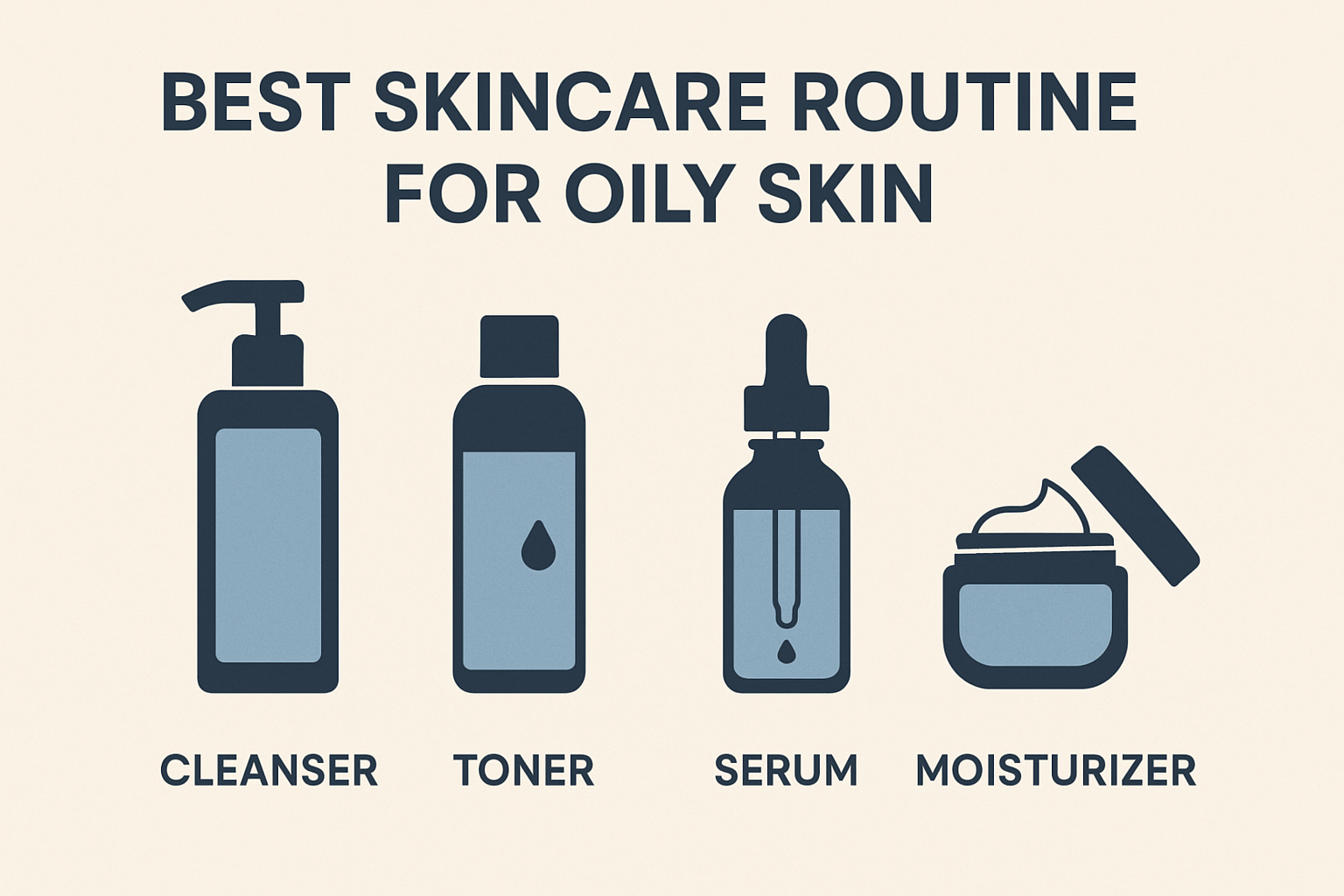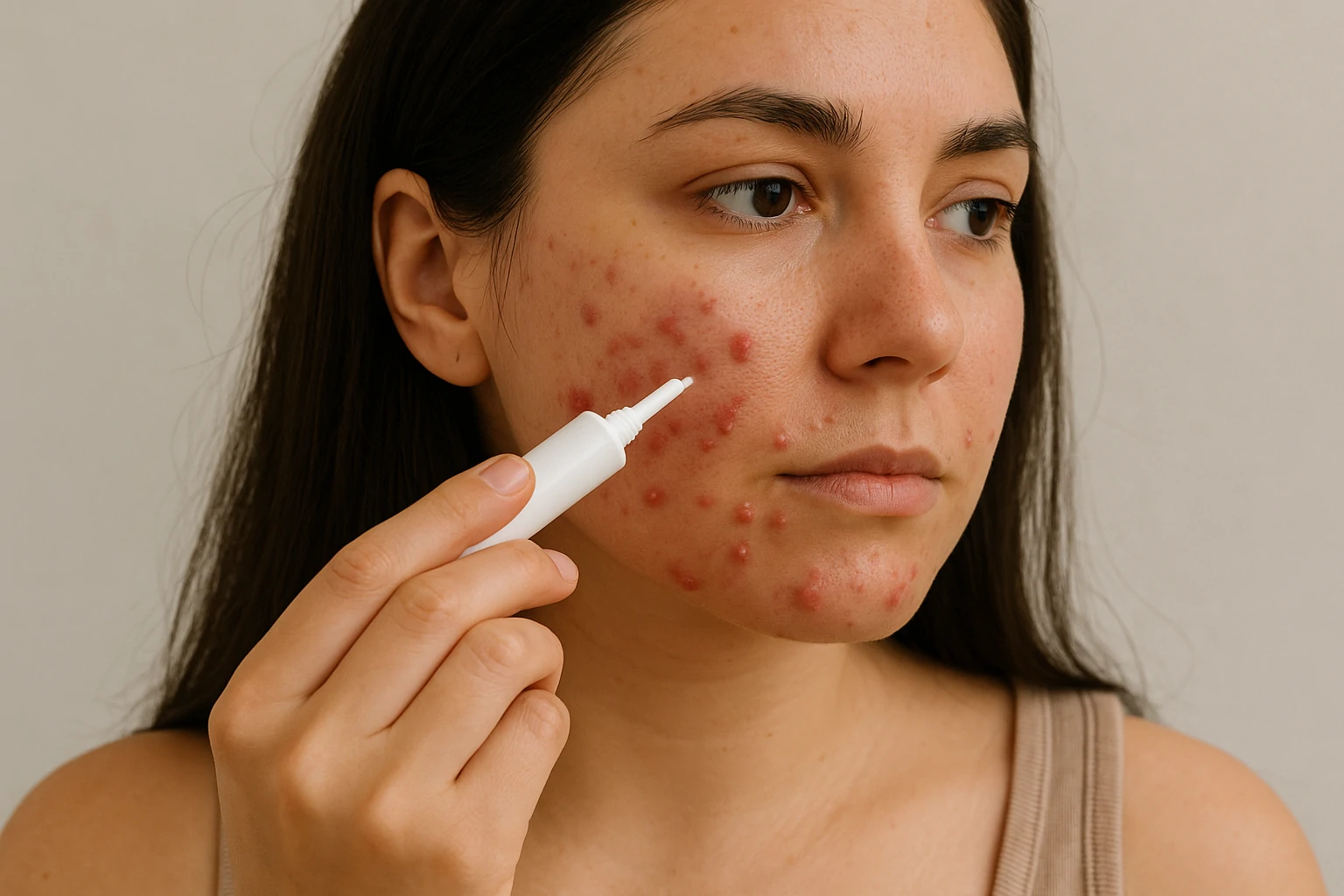Bakuchiol vs Retinol: Which Is Better for Your Skin?

Retinol has long been the gold standard in skincare for tackling signs of aging, acne, and uneven texture. But lately, bakuchiol—a plant-based alternative often called “natural retinol”—has gained popularity for its gentler touch.
Skincare beginners and sensitive skin users are now eyeing bakuchiol as a safer option that still delivers visible results. Meanwhile, dermatologists continue to rely on retinol due to its clinically proven power.
So, which one is truly better for your skin? According to board-certified dermatologist Dr. Andrea Suarez (a.k.a. Dr. Dray), the answer depends on your skin’s needs. Each ingredient offers unique benefits and possible downsides.
This article breaks down everything you need to know—benefits, differences, side effects, and expert tips—to help you make an informed decision on which ingredient deserves a spot in your routine.
What Is Bakuchiol in Skincare?
Bakuchiol is a plant-derived compound extracted from the seeds and leaves of the Psoralea corylifolia plant, also known as babchi.[1Nuder Nower Nizam, Sohel Mahmud, S M Albar Ark, Mohammad Kamruzzaman, Md Kamrul Hasan. Bakuchiol, a natural constituent and its pharmacological benefits. National Institutes of Health (NIH). PMCID: PMC10683784 PMID: 38021404.] For centuries, it’s been used in traditional Ayurvedic and Chinese medicine to treat skin issues thanks to its calming, antibacterial properties.[2Lyons AB, Kohli I, Nahhas AF, et al. Trichloroacetic acid model to accurately capture the efficacy of treatments for postinflammatory hyperpigmentation. Arch Dermatol Res. 2020;312(10):725-730. doi:10.1007/s00403-020-02071-4.]
In modern skincare, bakuchiol is making waves as a natural, gentler alternative to retinol. Though chemically different, it delivers similar results—stimulating cell turnover, improving elasticity, and reducing signs of aging.
Cosmetic chemists note that bakuchiol can also help with conditions like pigmentation and even acne. Its soothing nature makes it ideal for those with sensitive skin who want anti-aging benefits without the harsh side effects often linked to retinol.
With its growing popularity and promising results, bakuchiol is becoming a go-to option for beginners who want effective skincare without the risk of irritation.
What Is Retinol?
Retinol is a vitamin A derivative that’s been a staple in skincare for decades. Known for its ability to speed up cell renewal and boost collagen, it helps reduce fine lines, dark spots, and breakouts.
Retinol belongs to the retinoid family and comes in various strengths—some available over-the-counter, others by prescription. It’s typically used at night, as it can make skin more sensitive to sunlight.
Dermatologists like Dr. Shereene Idriss emphasize retinol’s long-standing scientific backing. Clinical studies have consistently proven its effectiveness, making it a go-to for anyone looking to transform their skin.
That said, beginners should start slow—low concentration, applied every few nights—to avoid dryness or irritation. With patience and proper use, retinol can dramatically improve skin texture and tone over time.
Key Benefits of Bakuchiol for Skin
Bakuchiol is gaining fans for a reason—it delivers visible skin improvements without the common side effects of retinol. A 12-week study published in The British Journal of Dermatology found that bakuchiol significantly reduced fine lines, uneven tone, and sun damage.[3Dhaliwal S, Rybak I, Ellis SR, et al. Prospective, randomized, double-blind assessment of topical bakuchiol and retinol for facial photoageing. Br J Dermatol. 2019;180(2):289-296. doi:10.1111/bjd.16918.]
Here’s what makes bakuchiol a standout:
- Evens skin tone: Reduces dark spots and pigmentation for a brighter, smoother look.[4Chaudhuri RK, Bojanowski K. Bakuchiol: a retinol-like functional compound revealed by gene expression profiling and clinically proven to have anti-aging effects. Int J Cosmet Sci. 2014;36(3):221-230. doi:10.1111/ics.12117.]
- Boosts collagen: Helps minimize fine lines and improve skin firmness.[5Narda M, Brown A, Muscatelli-Groux B, Grimaud JA, Granger C. Epidermal and dermal hallmarks of photoaging are prevented by treatment with night serum containing melatonin, bakuchiol, and ascorbyl tetraisopalmitate: in vitro and ex vivo studies. Dermatol Ther (Heidelb). 2020;10(1):191-202. doi:10.1007/s13555-019-00349-8.]
- Gentle for sensitive skin: No dryness, flaking, or redness—just balanced, calm skin.
- Speeds up skin renewal: Promotes a fresher, healthier complexion.
- Anti-acne potential: Fights bacteria and calms inflammation.
- All-skin-type friendly: Works well for oily, dry, or combination skin.
If you’re new to active ingredients or have struggled with retinol in the past, bakuchiol offers a kind, effective way to upgrade your routine.
Are There Any Side Effects of Bakuchiol?
Compared to retinol, bakuchiol is remarkably gentle. Most users report little to no irritation, making it ideal for sensitive skin types. Cosmetic chemist Perry Romanowski confirms that bakuchiol has shown a favorable safety profile so far.
However, it’s still a relatively new ingredient in the skincare world. Long-term studies are ongoing, especially for use in pregnancy or chronic skin conditions.
Unlike retinol, bakuchiol is not a vitamin A derivative, so it’s generally considered safe for pregnant or breastfeeding individuals. Still, experts recommend checking with a healthcare provider before use during these times.
Overall, bakuchiol is low-risk and well-tolerated, but it’s always smart to patch-test and introduce it slowly—especially if your skin is reactive or you’re trying it for the first time.
Key Differences Between Bakuchiol and Retinol
Choosing between bakuchiol and retinol starts with understanding what sets them apart. While both ingredients target similar skin concerns, they differ in origin, effectiveness, and how the skin reacts to them.
In this section, we’ll break down the main contrasts to help you decide which one suits your skin goals and lifestyle better—especially if you’re just starting your skincare journey.
1. Source and Composition
Retinol is a synthetic derivative of vitamin A, often sourced from animals or produced in labs. You’ll find it in forms like retinyl palmitate, retinaldehyde, and the prescription-strength tretinoin.
Bakuchiol, on the other hand, is 100% plant-based—extracted from the Psoralea corylifolia plant commonly found in India and China. While it doesn’t share retinol’s molecular structure, studies show it mimics many of the same skin-renewing effects.
This key difference makes bakuchiol a vegan-friendly and more natural choice, especially for those seeking cleaner beauty options. Some skincare brands even blend both ingredients to balance performance and tolerance.
2. Effectiveness for Anti-Aging and Skin Repair
Retinol is widely known as the gold standard in anti-aging skincare. Backed by decades of clinical studies, it boosts collagen, fades dark spots, and smooths fine lines. It’s also commonly used to treat acne and texture issues.
Bakuchiol, though newer, shows promising results. A study published in The British Journal of Dermatology revealed that bakuchiol used twice daily over 12 weeks produced similar improvements in wrinkles and pigmentation—without the irritation typically linked to retinol.
Ultimately, both ingredients work—but bakuchiol offers a gentler path, especially for beginners or those with reactive skin. Consistency and patience are key to seeing real results with either option.
3. Skin Tolerance and Side Effects
Retinol is effective but can be tough on the skin, especially when you’re starting out. Common side effects include dryness, redness, flaking, and increased sun sensitivity. Dermatologists usually recommend easing in slowly and using SPF daily.
Bakuchiol, by contrast, is much better tolerated. It doesn’t cause the same irritation or peeling, making it ideal for sensitive skin or people who can’t tolerate retinoids. It’s also safe to use twice a day and considered pregnancy-friendly (though a doctor’s guidance is always best).
However, everyone’s skin is different. Doing a patch test is still a smart move before fully incorporating any active ingredient into your routine.
How to Use Bakuchiol in Your Skincare Routine
Bakuchiol is easy to use and fits seamlessly into most skincare routines. It typically comes in serums, creams, or lotions. Apply it to clean skin—preferably after toner but before moisturizer or other actives.
Thanks to its gentle nature, bakuchiol can be used both in the morning and at night. Unlike retinol, it doesn’t increase sun sensitivity, but daily SPF is still essential to protect your skin barrier and maintain long-term results.
One of its biggest advantages? Compatibility. Bakuchiol pairs well with exfoliants, vitamin C, niacinamide, and even acne treatments—without triggering irritation.
A popular beginner-friendly product is Ole Henriksen’s Goodnight Glow Retin-ALT Sleeping Crème, praised for its anti-aging benefits without the dryness typically associated with retinol.
Which Ingredient Is Better for Sensitive Skin?
If you have sensitive or reactive skin, bakuchiol is often the safer choice over retinol. It doesn’t cause common side effects like stinging, redness, or flaking—especially during the early stages of use—and isn’t photosensitizing.
According to dermatologist Dr. Whitney Bowe, bakuchiol helps stimulate cell turnover without damaging the skin barrier. This makes it especially suitable for people dealing with rosacea, eczema, or easily irritated skin.
Retinol still delivers strong results, but it requires extra care—low concentrations, limited frequency, and barrier-repairing moisturizers are key to minimizing irritation.
So if you’re just starting out with active ingredients or have delicate skin, bakuchiol offers a gentle yet effective alternative that helps you build a routine without fear of flare-ups.
Can You Use Bakuchiol and Retinol Together?
Yes, but only with caution. While bakuchiol and retinol both work to improve cell renewal and reduce signs of aging, they affect the skin differently. Bakuchiol’s anti-inflammatory nature may even help buffer some of retinol’s harsh effects.
Some advanced formulations now combine both ingredients, aiming to deliver the best of both worlds—powerful results with less irritation. Dermatologists like Dr. Joshua Zeichner say this combo can be effective, as long as your skin can handle it.
If you plan to layer them, start slowly. Use each ingredient on alternate days or in separate routines (AM vs. PM), always follow with moisturizer, and never skip sunscreen. And as always—when in doubt, ask your derm.
What Do Dermatologists Actually Recommend?
Dermatologists still consider retinol the most proven ingredient for fighting signs of aging, acne, and uneven tone. With decades of research, it remains the go-to for normal to oily skin types that tolerate actives well.
However, for sensitive, dry, or pregnant individuals, bakuchiol is becoming the top recommendation. It delivers many of the same results with far fewer risks—and it’s safe for daily use without the usual redness or flaking.
Dr. Mona Gohara, a board-certified dermatologist, notes that choosing between the two should depend on your skin type, tolerance, and long-term goals. A personalized routine that includes proper hydration and sun protection will support either ingredient’s effectiveness.
Ultimately, consistency beats potency—use what works for your skin, and stick with it.
Final Thoughts
If you want the benefits of retinol without the drama—think dryness, flaking, or purging—then bakuchiol is a strong contender. This plant-based powerhouse offers anti-aging, soothing, and acne-fighting properties backed by emerging scientific evidence.
Its biggest strength? Skin compatibility. Bakuchiol works well even for sensitive skin, and unlike retinol, it doesn’t increase your skin’s sensitivity to sunlight—making it safe for both morning and night use.
Even better, it plays nicely with other skincare ingredients. You can layer it with exfoliants, niacinamide, or hydrating serums without worrying about irritation or ingredient conflicts.
In short, bakuchiol is a modern skincare hero: gentle, versatile, and effective. Whether you’re just starting your routine or looking to simplify without sacrificing results, it’s definitely worth considering.






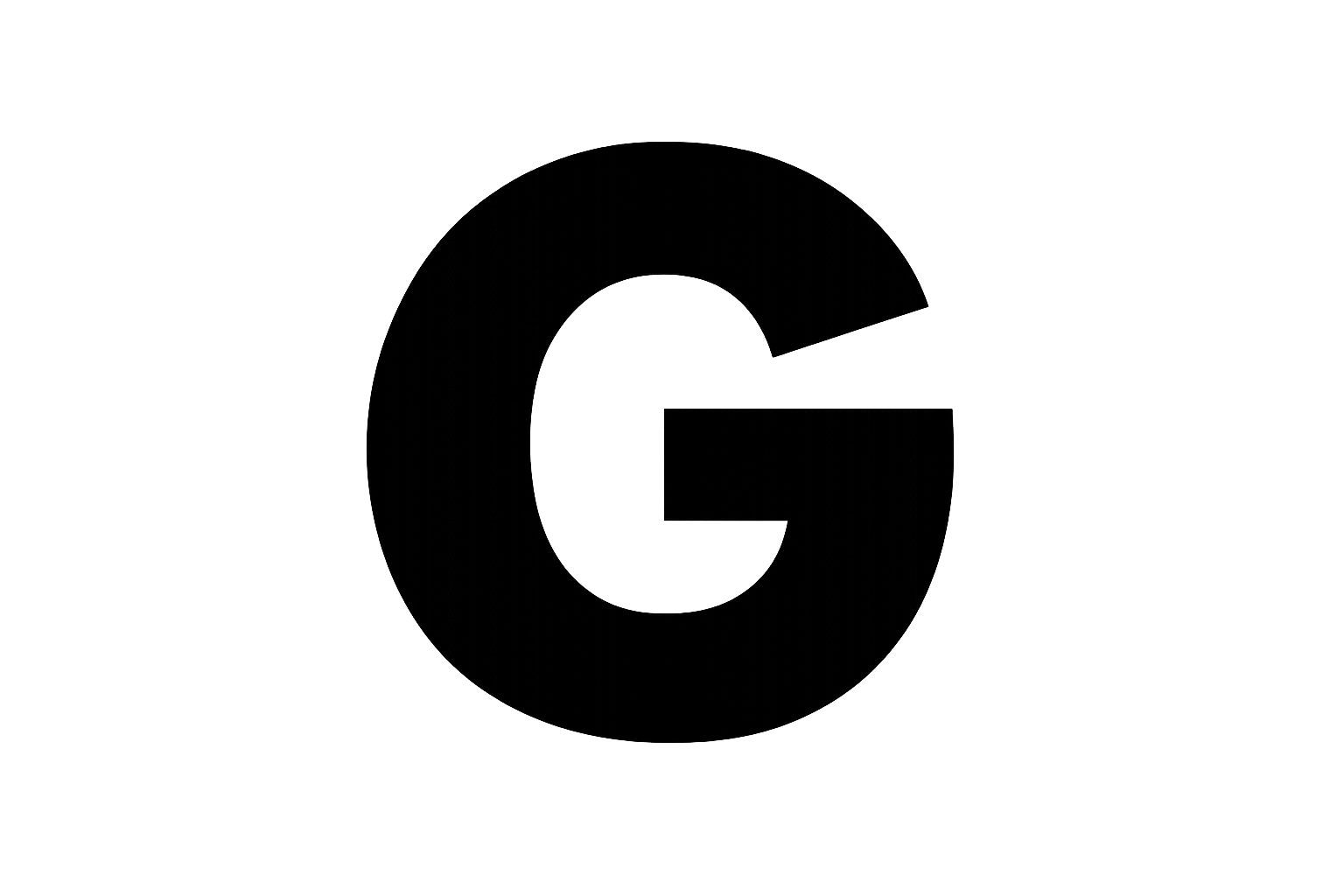 Acne
Acne Anti-Aging
Anti-Aging Business
Business Digital Marketing
Digital Marketing Economics
Economics Movies
Movies Personal Finance
Personal Finance Websites
Websites
